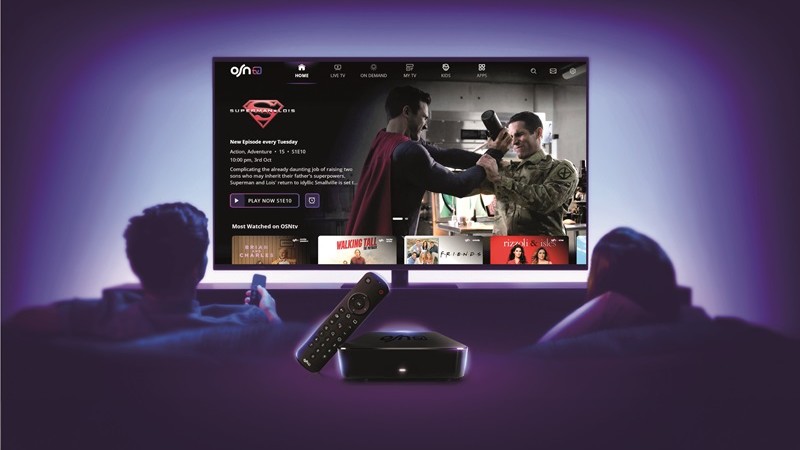Local TV woes, Hurricane Milton and an existential threat to journalism all threatened to dampen the mood at NAB Show New York, but FAST and fan-fuelled TV offer hope.
NAB Show New York wrapped last week having attracted more than 12,000 attendees, around the same as 2023 and a couple thousand down on its pre-pandemic peak. The two-day event comes at a time when US broadcasters face serious pressures on their business model and an existential threat from a Trump presidency.
Were it not a presidential election year, US TV stations would be in even more pain. Political ad spending on TV stations is expected to reach $3.94bn, up 10% from the last presidential election year in 2020 boosting industry revenue, including gross national/local spot advertising, digital and retransmission fees 8.3% to over $40bn...
You are not signed in.
Only registered users can view this article.
NAB show review: Tariffs, technology and legacy business in the spotlight
Artist led, AI driven, fan-first media show the way forward at a NAB show dominated by tariff-suffering hardware vendors and advertiser weakened broadcast.

Virtual Production: Practical advice for lighting the volume
Adrian Pennington explores the many and varied lighting considerations for shoots within an LED volume where the ambition is to seamlessly marry virtual and real world environments.
Bright future: How CoSTAR will ideate the next wave in UK creative IP
If the UK’s creative industries are to continue to add hundreds of billions of pounds in value to the country’s economy then much will rely on the success of a new network of tech labs exploring the future of media.
 10 (1).jpg)
OTT evolution: Shifting business models, monetisation and personalisation
Over the past two decades, the over‐the‐top (OTT) industry has undergone a remarkable transformation from a niche experiment to a multi‐billion‐dollar ecosystem, writes John Maxwell-Hobbs.
.jpg)
AI through the looking glass: Digital natives
When it comes to AI, the M&E industry should take a more active interest in the views of its young people if it wants them to remain part of it, writes James McKeown.




